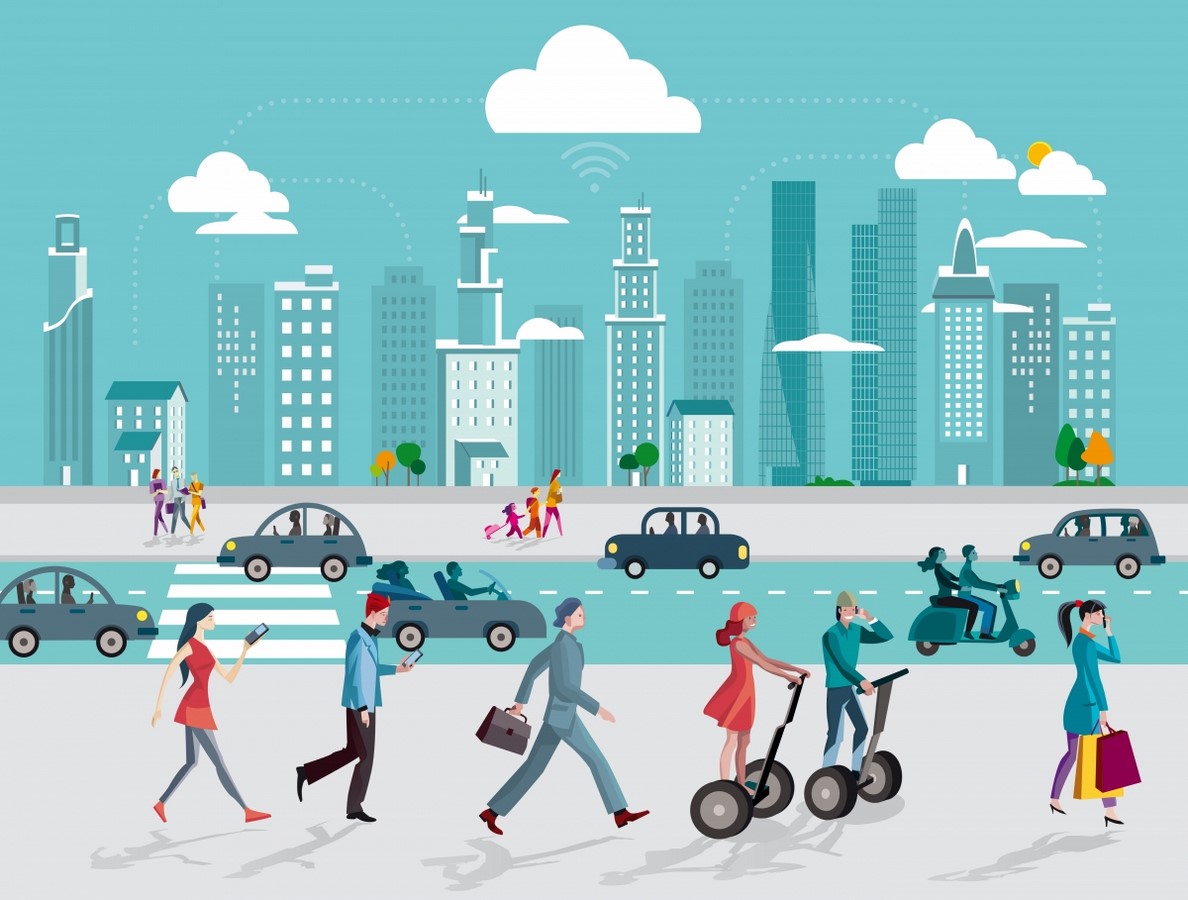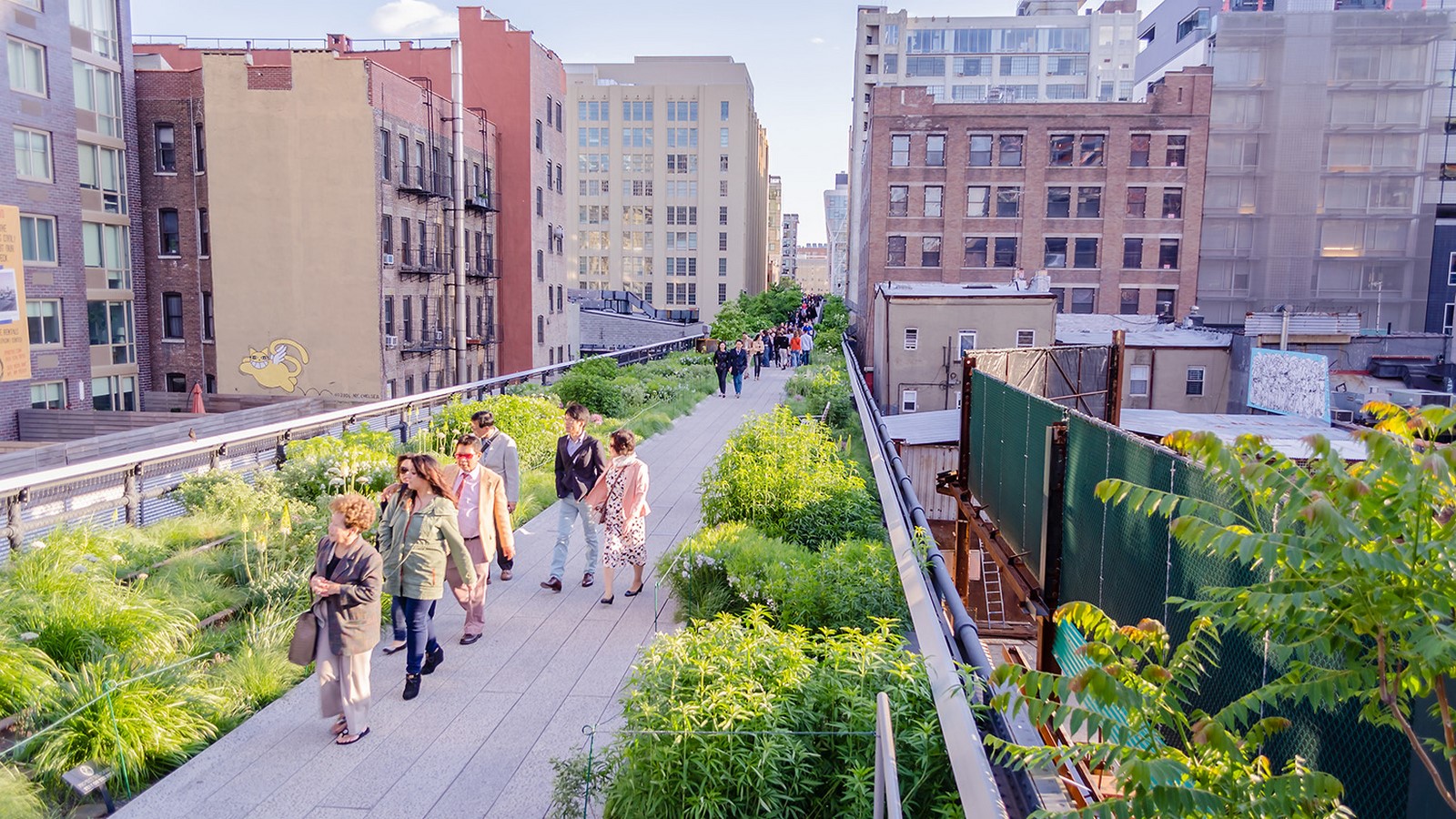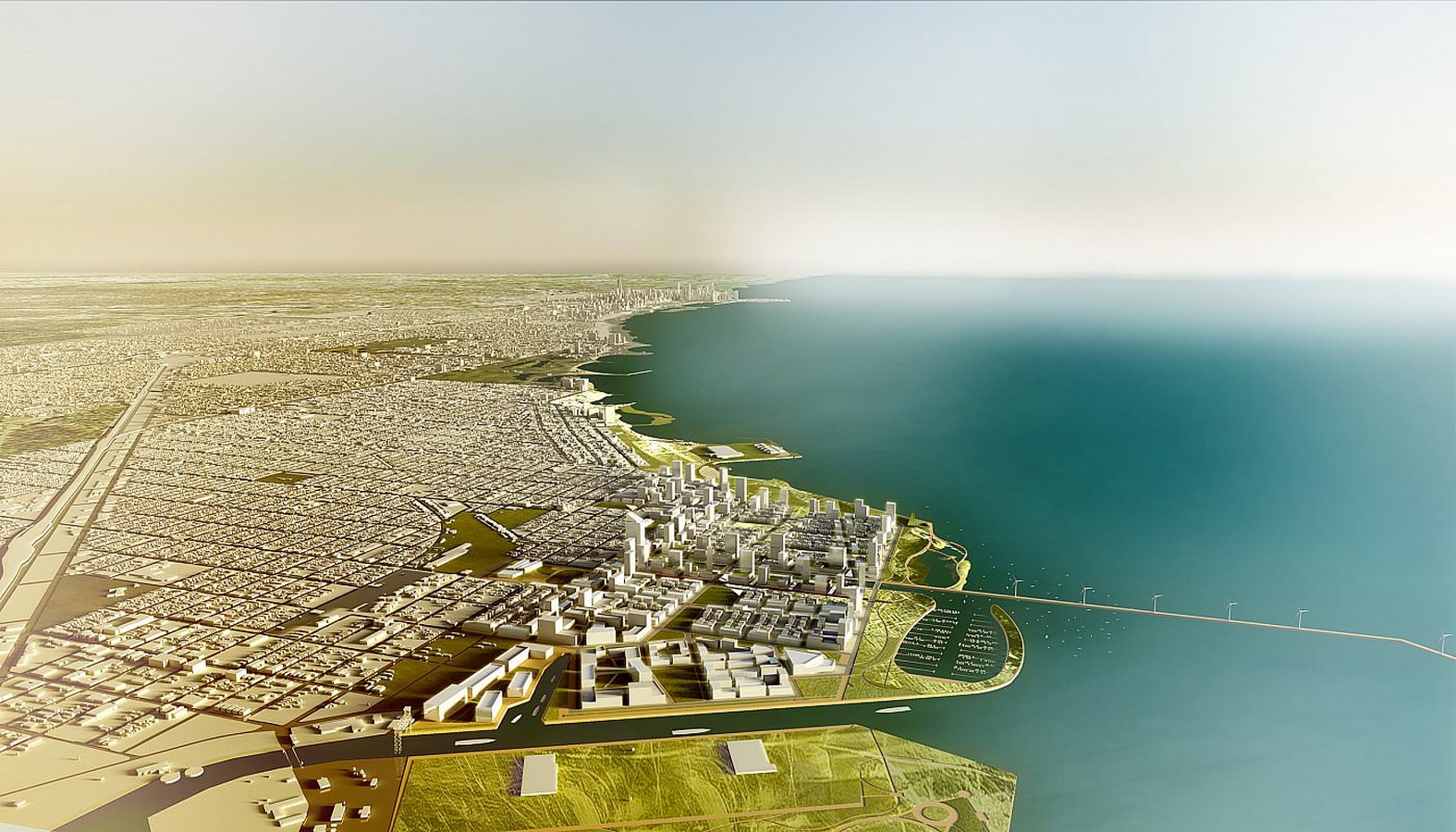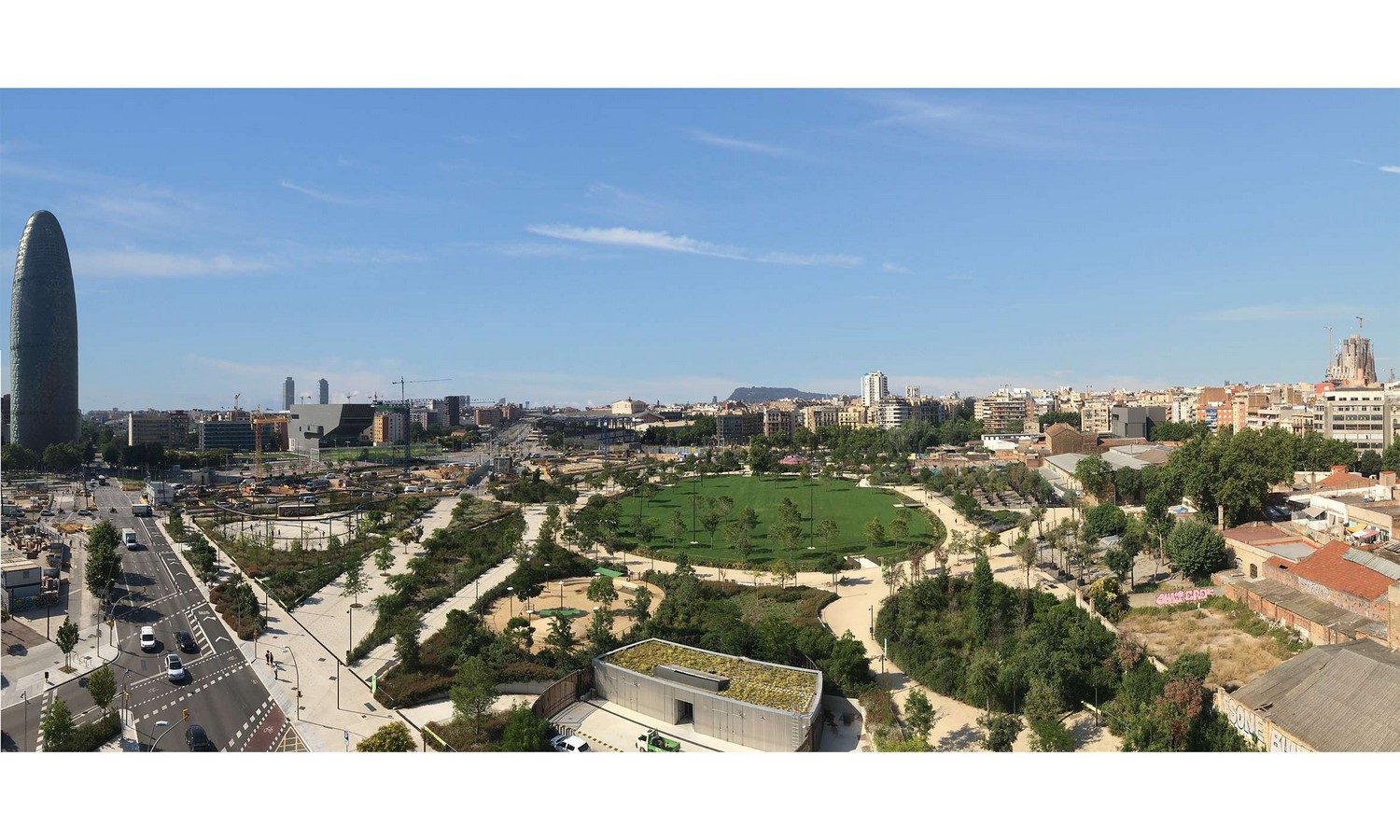Throughout the history of time, humans have traversed across the globe. In ancient civilizations, people migrated from place to place, searching for natural resources. Ancient civilizations have blossomed because of people’s movement as it helps to connect with other communities. It has become essential to boost the trade of goods and commodities and strengthen cross-border relationships.
In the modern epoch, transportation has evolved into various modes such as land, air, water, and space. Unlike the nomads of the past, humans move across the globe to travel and enjoy one’s leisure by experiencing the world around them. Whether it is for vacation, work, or immigration, transport infrastructures have made urban mobility very convenient.
Urban Mobility and Planning goals

http://dotherightmix.eu/sustainable-urban-mobility-the-benefits/
Urban Mobility plays a significant role in improving the quality of life of civilians in a city. The ease with which society encompasses their work, healthcare facilities, educational institutes, and social nodes helps them benefit socially and economically. People and services must move around and be well connected, and with urbanism sprawling across the globe, it is quite challenging to optimize transport systems. As the majority of the world population is opting to move to urban areas, cities are getting more crowded and congested.

Urban transportation planning comes into play while designing transportation systems that support long-term efficient accessibility. The roads, footpaths, rails, and bicycle lanes in the urban landscape support the life of the city. Thus, the city needs appropriate transportation planning if they wish to fulfill its objective of becoming attractive, livable alongside having sustainable mobility. To do so, various levels of urban data collection are a must in the planning phase.
Needs of a city
Every city has its own set of objectives as the socio-economical and environmental condition of each city is unique. When designing a transportation plan, demographic data need to be collected so that the user groups and their modes of transport can be defined such as pedestrians, private/public vehicles, and cyclists. The most basic question a planner must address is, ‘Who and what is the transportation system catering to?’ and from there on the services and travel patterns can be analyzed before the plans are drawn.

https://urbandesignlab.in/chicago-lakeside-master-plan-sustainable-design/
Analyzing the current state
Once the data for the current conditions of a city such as transportation systems, traffic congestion, and pollution levels have been assessed, future predictions are made and imminent problems are pinned down. These data make the basis for future goals and policies and also solutions that integrate sustainability in a city.
Policies for a sustainable future
Ecocentric transport policies can be the driving force for a carbon-neutral future. Strategic transportation planning can revive the world from the climate crisis as it helps to reduce carbon emissions by setting priority towards the environment. Such policies can help to decarbonize the transport system and prevent negative impacts on the urban landscape, society, and economy.
Transportation planning is a collaborative process and the amelioration of a society should come from the efforts of various government, community, and private sectors. It is a complex process but it involves the city’s joint effort to improve the quality of life, the economy, and the environment. By considering the needs of all the comprising agencies and producing development plans, it ensures a secure and sustainable transport system; thriving a city’s people and economy.
Towards a sustainable community
Having sustainable buildings is merely an inception of a sustainable city. Sustainability needs to grow from the grassroots of a city and its community. Environmental sustainability can be achieved by studying the building blocks of a community, what are the things that comprise it, what are the shared values that make them a whole, and how the existing infrastructure supports their living.
The urban fabric needs to address the needs, the safety, and the services of the residents. Humans are social animals and it thrives through social interactions that help them connect with other people and strengthen relationships. Like a concentric circle, the spaces that are created need to fulfill a shared goal; to build a social network. Amenities and services need to revolve around these ideas. Recreational and family parks can be designed to integrate the aspect of social well-being. A sustainable community thrives when each successive generation can be resilient to the ongoing social, economic, and environmental challenges.


Reference List
– Biasotti A., 2021, ‘ABC Consulting Services’, What is urban transportation planning? Accessed 10 Aug 2023.
https://www.acbconsultingservices.com/construction-management-for-transportation/what-is-urban-transportation-planning/
– Biasotti A., 2021, ‘ABC Consulting Services’, What is Sustainable Community? Accessed 11 Aug 2023.
https://www.acbconsultingservices.com/sustainable-construction-project-management/what-is-a-sustainable-community
– Biasotti A., 2021, ‘ABC Consulting Services’, What is urban mobility and why is it important to build better cities? Accessed 10 Aug 2023.
https://www.acbconsultingservices.com/construction-management-for-transportation/what-is-urban-mobility-and-why-is-it-important-to-build-better-cities
– PTV Group., 2021, ‘PTV Group’, A guide to transportation planning, Accessed 11 Aug 2023.
https://www.myptv.com/en/application-areas/transportation-planning#:~:text=Transportation%20planning%20provides%20integrated%20solutions,and%20demographics%20before%20developing%20plans.
– Image 1 – Do the right mix, Sustainable urban mobility: The benefits (Vector Art)
http://dotherightmix.eu/sustainable-urban-mobility-the-benefits/
– Image 2 – Urban Design Lab, 11 May 2023, High Line in New York City (Photorealistic Render)
https://urbandesignlab.in/7-cs-of-urban-design/
– Image 3 – Urban Design Lab, 6 July 2021, Chicago lakeside master plan (3D Visualization)
https://urbandesignlab.in/chicago-lakeside-master-plan-sustainable-design/
– Image 4 – Urban Design Lab, 11 May 2023, Plaza de las Glorias Catalanas (Architectural drawing)
https://urbandesignlab.in/7-cs-of-urban-design/
– Image 5 – Urban Design Lab, 11 May 2023, Plaza de las Glorias Catalanas (Architectural drawing)
https://urbandesignlab.in/7-cs-of-urban-design/
















